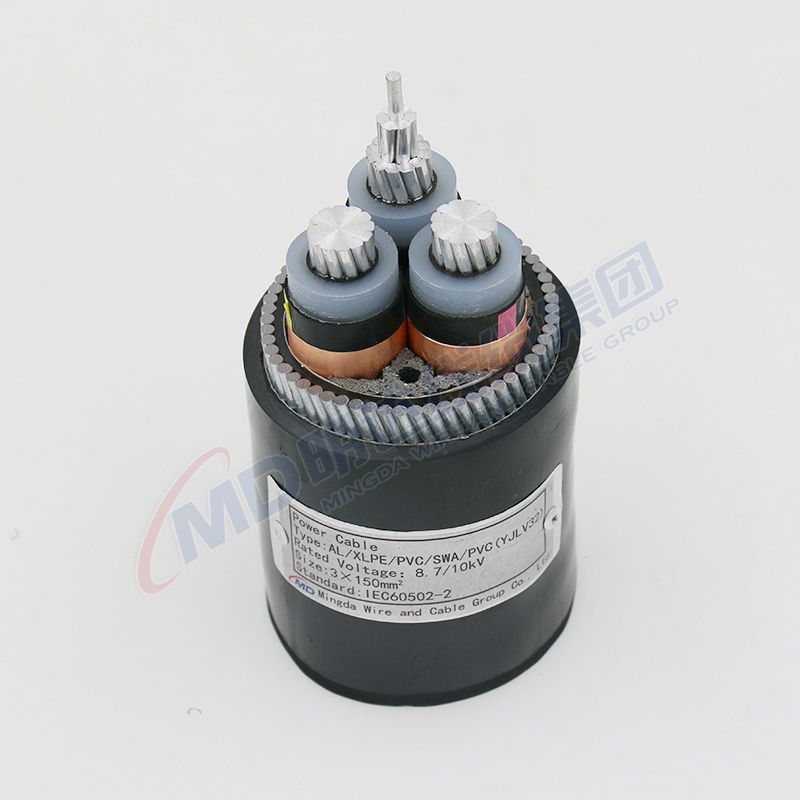10 月 . 13, 2024 05:28 Back to list
swing type check valve
Understanding Swing Type Check Valves
Swing type check valves are crucial components in various piping systems, primarily used to prevent backflow and ensure the unidirectional flow of fluids. These valves operate using a hinged disc that swings open and closed, allowing fluid to flow through the valve in one direction while blocking any reverse flow. Their design and functionality make them an essential choice in several applications, including water supply, wastewater management, and oil and gas industries.
The fundamental working principle of a swing check valve involves the use of gravity and flow pressure. When fluid flows in the designated direction, it lifts the disc from its seat, enabling passage. Conversely, if the flow reverses, gravity and the back pressure of the fluid push the disc back down into its seat, effectively sealing the valve and preventing backflow. This simple yet effective mechanism minimizes the risk of contamination and damage in pipelines, as no fluid can leak back into the system.
One of the defining characteristics of swing type check valves is their efficiency in handling larger volumes of fluid. Typically, they are more suitable for high-flow systems as they tend to have lower pressure drops compared to other types of check valves, such as lift check valves. The design allows for a larger opening when fully open, facilitating a smooth flow without significant restrictions. However, it is important to note that the performance of these valves can be affected by the velocity of the fluid; hence, proper sizing and installation are vital for optimal operation.
swing type check valve

Swing check valves come in various materials, including cast iron, stainless steel, and plastic, depending on the application requirements. For instance, stainless steel valves are preferred in corrosive environments due to their durability and resistance to harsh chemicals. Conversely, cast iron options may be suitable for water treatment facilities or sewage applications where cost-effectiveness and practicality are essential.
Installation of swing type check valves also requires careful consideration. They should be installed horizontally to ensure the disc can swing freely. In vertical installations, flow direction must be taken into account, as it can impact the functionality of the valve. Additionally, to maintain efficiency, these valves should be positioned away from any obstructions that may impede fluid flow.
Regular maintenance and inspection of swing check valves are also critical. Over time, wear and tear can lead to issues like leaking or improper sealing. Routine checks can help identify these problems before they escalate, ensuring reliable operation and prolonging the lifespan of the valve.
In conclusion, swing type check valves are a vital aspect of many fluid handling systems. Their straightforward design, efficiency, and reliable performance make them a preferred choice for preventing backflow. By understanding their workings, installation requirements, and maintenance needs, engineers and system designers can ensure that these valves contribute effectively to the overall functionality of the piping systems in which they are used.
Share
-
Understanding the Differences Between Wafer Type Butterfly Valve and Lugged Butterfly ValveNewsOct.25,2024
-
The Efficiency of Wafer Type Butterfly Valve and Lugged Butterfly ValveNewsOct.25,2024
-
The Ultimate Guide to Industrial Swing Check Valve: Performance, Installation, and MaintenanceNewsOct.25,2024
-
Superior Performance with Industrial Swing Check Valve: The Essential Valve for Any SystemNewsOct.25,2024
-
Industrial Swing Check Valve: The Ideal Solution for Flow ControlNewsOct.25,2024
-
You Need to Know About Industrial Swing Check Valve: Functionality, Scope, and PerformanceNewsOct.25,2024